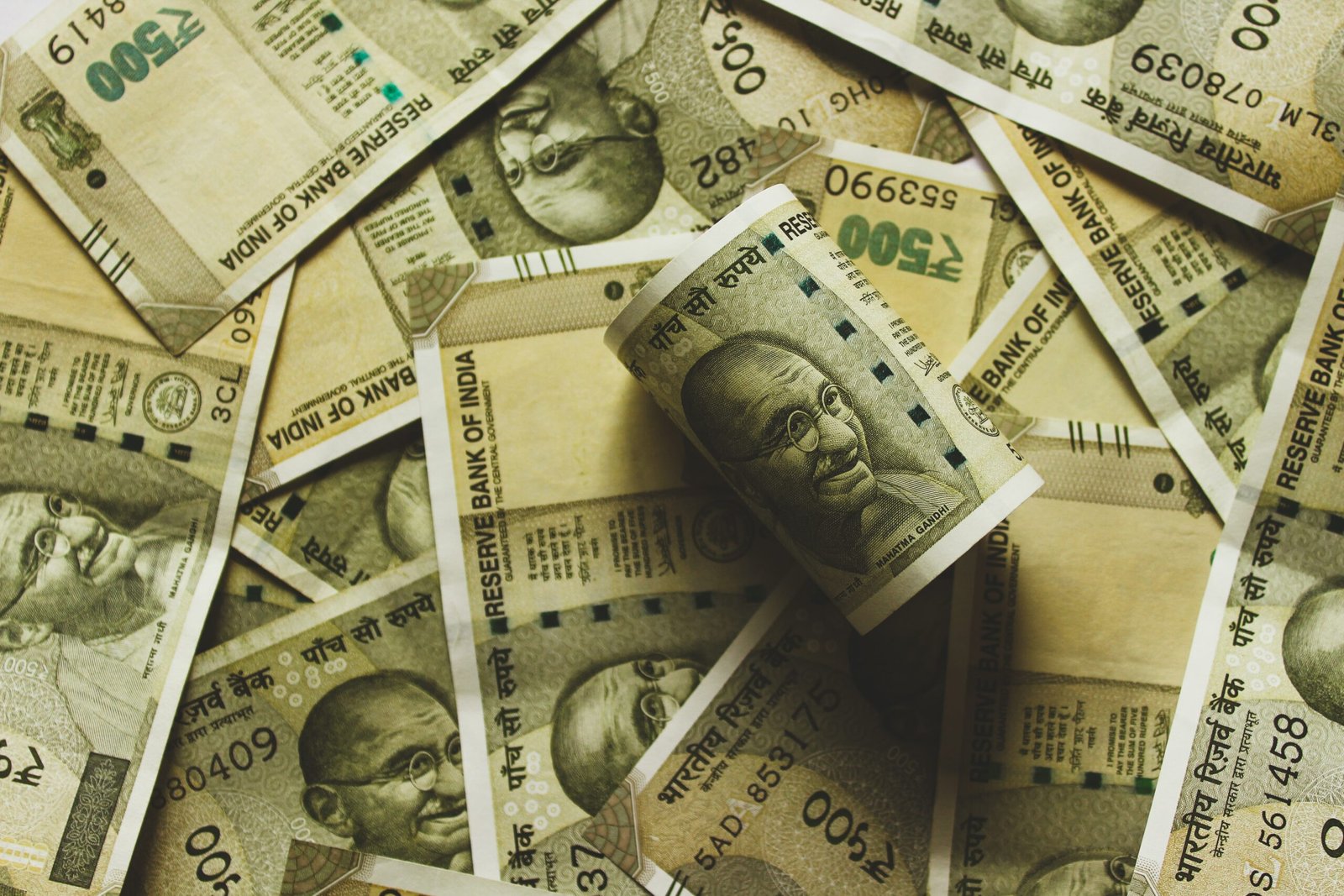India’s GDP growth for the quarter ended December 2022 moderated to 4.4 per cent, as per government data. This is a significant drop from the 6.3 per cent GDP growth in the previous quarter.
The Q3FY23 GDP growth data, released by the Ministry of Statistics and Programme Implementation, is slightly below estimates shared by economists. The MoSPI’s release said real GDP in Q3 2022-23 is estimated at Rs 40.19 lakh crore, as against Rs 38.51 lakh crore in Q3 2021-22, showing a growth of 4.4 per cent.
The data also indicated that real GDP growth for the ongoing financial year is estimated at 7 per cent. Meanwhile, the government estimates nominal GDP to grow at 15.9 per cent in FY23.
A poll of economists predicted the economy to grow at 4.6 per cent in the third quarter, in the wake of high inflation and subsequent interest rate hikes since May 2022. The GDP growth data released by the government indicates that economic growth has been slower than expected, and could raise concerns over the growth trajectory going forward, as the global economic situation continues to remain tense.
Weaker GDP growth in the third quarter could also impact the central government’s GDP growth projections for the full financial year ending March 2023. The government has predicted the economy to grow at 7 per cent in FY23, while the Reserve Bank of India (RBI) has predicted it at 6.8 per cent.
While GDP growth usually moderates in the third quarter, the bigger-than-expected drop has been triggered by high inflation, which prompted the RBI to maintain a tighter monetary policy and hike key rates multiple times since May 2022.
Economic growth could further slowdown in the fourth quarter of FY23 as the RBI had hiked key interest rates in its February policy review. The central bank has hiked key interest rates by 250 basis points this year, leading to a gradual weakening of demand.
The GDP growth in the final quarter of the ongoing financial year could further slow down, as per a poll of economists conducted by Reuters. As per the median forecast of 42 economists, the GDP growth in the fourth quarter could come in at 4.4 per cent. It could be even lower, considering the fact that the fresh government estimates show a faster-than-expected decline in GDP growth.
Another factor that has been lowering India’s quarterly GDP growth is the fading of the pandemic-induced base effect, which had contributed to higher growth in FY22.
Meanwhile, the median forecast from the Reuters survey of 42 economists indicated that the GDP could slow to 4.4 per cent in the final quarter of FY23, resulting in an average 6 per cent growth in the full financial year. This is below the government and central bank’s estimates.






